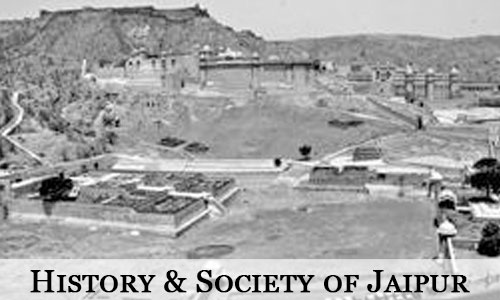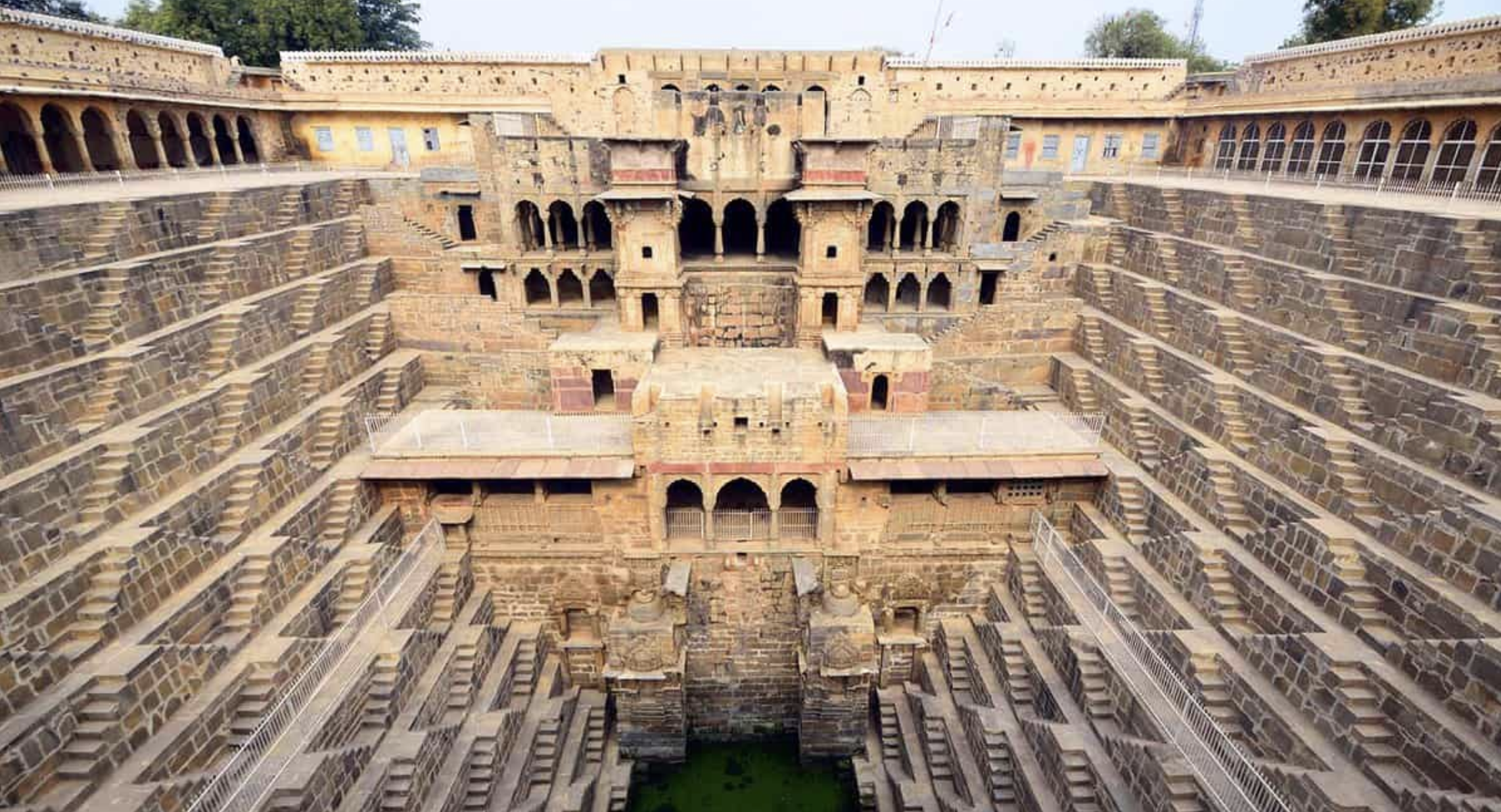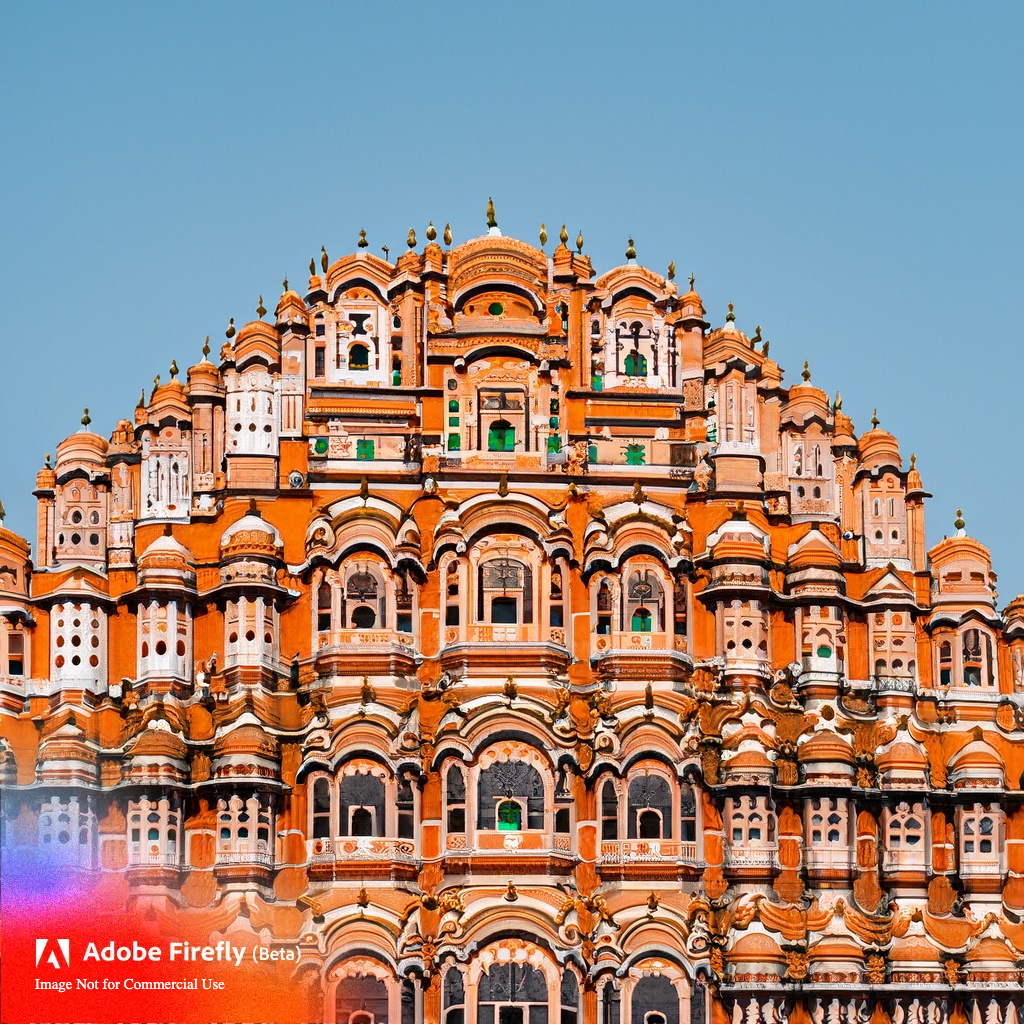Information about Jaipur: Facts and Figures
Jaipur is one of the most beautiful and enchanting cities in northern India. Like every other place, Jaipur also has its share of stories, history and myths. Here we have listed information about Jaipur, some of the lesser known facts and figures that are likely to interest both tourists and Jaipurites.
- The city of Jaipur was established by Maharaja Sawai Jai Singh II on November 18, 1727.
- Spread across an area of 11117.8 sq. km., Jaipur is the largest city of Rajasthan state.
- Jaipur was painted Pink, which is the colour of hospitality, to welcome the Prince of Wales. This took place under the rule of Sawai Ram Singh in the year 1876. Since then, the terracotta pink colour has been retained and well-preserved within the walled city.
- Jaipur is considered India’s first planned city. It was planned by a Bengali architect named Vidhyadhar Bhattacharya in 1727. This planning incorporated the use of the principles of Shilpa Shastra (the science of Indian architecture) and Vastu Shastra (Vedic planning that ensures comfort and prosperity of the people living here).
- Jaipur houses the largest Jantar Mantar, out of the five astronomical observatories that Maharaja Jai Singh II had constructed between 1727 and 1734. The Rajput king had interest in learning about the sky. This observatory facilitates the study of exact timing of seasons and weather patterns’ predictions.
- Located 60 kms away from Jaipur, the Sambhar Lake is India’s largest saline lake.
- The city of Jaipur is located at an altitude of 431m from the sea level. It experiences a hot and humid temperature that varies from 450C in March-June to 220C in December. The city receives annual rainfall of 650mm on average.
- Gaitore on the Jaipur-Amber Road, which is located 15kms from the city area, is a royal cremation site of the past rulers.
Explore more of this beautiful city through our About Jaipur section.
You May Also Like
Rajasthan, a land steeped in history and culture, is set to elevate its tourism appeal even further. Beginning in 2024, tourists and travelers can look forward to a helicopter service connecting Jaipur with two of the state's iconic heritage sites – Chand Baori in Abhaneri and Khandela Fort.
Oct 06, 2024
Rajasthan, a land adorned with tales of antiquity and cultural diversity, has experienced the ebb and flow of its political currents through the prism of Vidhan Sabha elections.
Aug 30, 2023
Jaipur, the capital city of Rajasthan, India, has experienced significant growth and development in the past decade, from 2011 to 2021.
Jan 22, 2023
What is Jaipur literature festival, and why it's so popular around the world?
Jan 16, 2023

Rajasthan Royals just one win away from the final: Preparations to create history in IPL after 14 years, strong contenders for the title
In the 15th season of IPL, Rajasthan Royals is on the threshold of repeating history. The team has become the strongest contender for the title. Rajasthan Royals are in the race for the final after 14 years, thanks to their excellent performance in the league match of the tournament.
May 23, 2022










